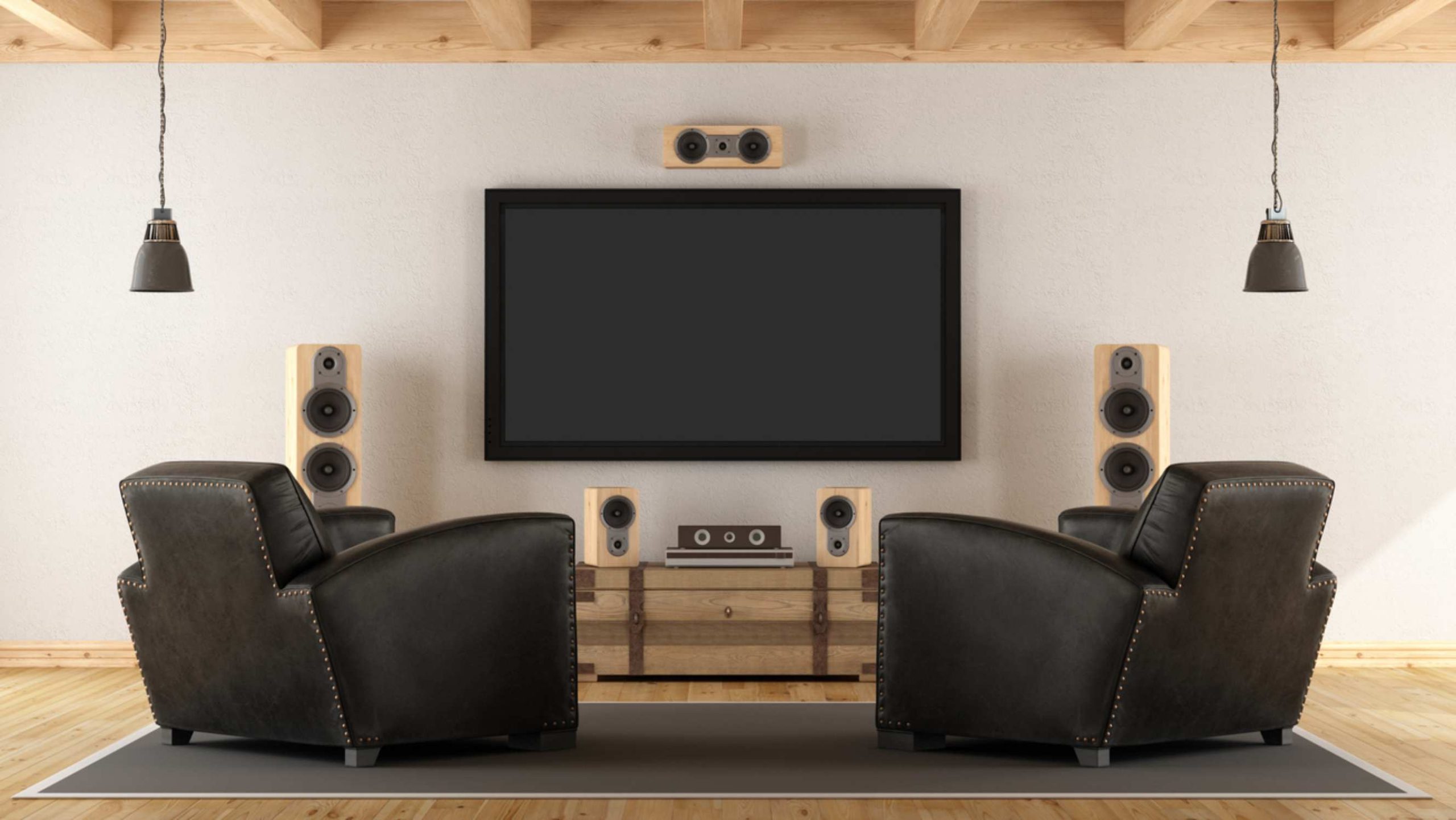A stereo system is designed to provide high-quality audio reproduction through a combination of various components. Among these components, the speakers play a crucial role in transforming electrical signals into sound waves that we hear. Choosing the right stereo system speakers can significantly enhance your listening experience. In this article, we’ll explore the key features of stereo system speakers, types of home audio systems available, and essential considerations when selecting the best speakers for your needs.
What Are Stereo System Speakers?
Stereo system speakers are the output devices of an audio system that convert electrical signals into audible sound. These speakers are generally paired with an amplifier, receiver, or stereo system to create a full audio experience. The term “stereo” refers to the method of sound reproduction that uses two or more independent audio channels to create a sense of directionality and depth in the sound, mimicking real-life auditory experiences.
A high-quality stereo speaker system is designed to reproduce sound as faithfully as possible, with minimal distortion, clear highs, balanced mids, and deep bass. This makes them an essential part of any home audio system, from music lovers and audiophiles to casual listeners.
Key Components of Stereo Speakers
- Woofers: These are responsible for producing low-frequency sounds, or bass. A woofer handles the range from around 40 Hz to 500 Hz, which is essential for the depth and power of your music.
- Tweeters: Tweeters are used for high-frequency sounds, typically from 2,000 Hz to 20,000 Hz, and are responsible for clear treble and high notes.
- Midrange Drivers: Midrange drivers handle frequencies between woofers and tweeters (roughly 500 Hz to 2,000 Hz). These drivers are essential for the clarity of vocals and most instruments.
- Crossover: The crossover is an electronic component that divides the audio signal into different frequency ranges, ensuring that each driver (woofer, tweeter, etc.) receives the appropriate frequencies for optimal sound reproduction.
Types of Stereo System Speakers
There are several types of stereo speakers, each offering different characteristics and sound profiles. Here are some of the most common:
- Bookshelf Speakers: These are compact and versatile speakers designed to sit on shelves, desks, or stands. Despite their small size, they can offer surprisingly rich sound, making them ideal for smaller spaces or as part of a home audio system.
- Floorstanding Speakers: Also known as tower speakers, these are larger and more powerful, typically offering better bass response and fuller sound than bookshelf speakers. They are suitable for larger rooms or when space allows.
- Satellite Speakers: Satellite speakers are small, often used in conjunction with a subwoofer in a 2.1 or home theater setup. They handle mid and high frequencies, relying on the subwoofer to handle deep bass.
- Subwoofers: While not a full-range speaker, subwoofers are dedicated to delivering deep bass frequencies (20 Hz to 200 Hz). They enhance the low end of the sound and are essential for genres like EDM, hip hop, or movie soundtracks.
- In-Wall or In-Ceiling Speakers: These are designed to be installed into the wall or ceiling, making them perfect for creating a discreet, permanent stereo system. They can be used for both stereo and home theater applications.
Important Considerations When Choosing Stereo System Speakers
When selecting the right stereo system speakers, there are several key factors to consider. Here’s what you should think about:
- Room Size: The size of the room where you plan to set up your stereo system plays a significant role in determining which type of speaker is best. Smaller rooms may benefit from bookshelf speakers or compact satellites, while larger rooms may require floorstanding speakers or additional subwoofers for adequate sound coverage.
- Speaker Sensitivity: This refers to how efficiently a speaker converts power into sound. A higher sensitivity rating means the speaker can produce louder sound with less power. If your amplifier or stereo receiver is not very powerful, speakers with high sensitivity may be a good choice.
- Impedance: Speakers have an impedance rating, which determines how much electrical resistance they offer to the amplifier. The most common speaker impedances are 4, 6, or 8 ohms. It’s important to match the impedance of the speakers with the output of your amplifier to avoid damage or poor performance.
- Power Handling: This specification tells you how much power the speaker can handle without being damaged. It’s usually measured in watts. Be sure that your speakers’ power handling capabilities align with the output of your amplifier or receiver.
- Sound Quality: While specs like frequency response and sensitivity are important, the ultimate test for stereo speakers is how they sound to you. Listen to a variety of music genres and check for clarity, bass response, midrange accuracy, and treble precision.
